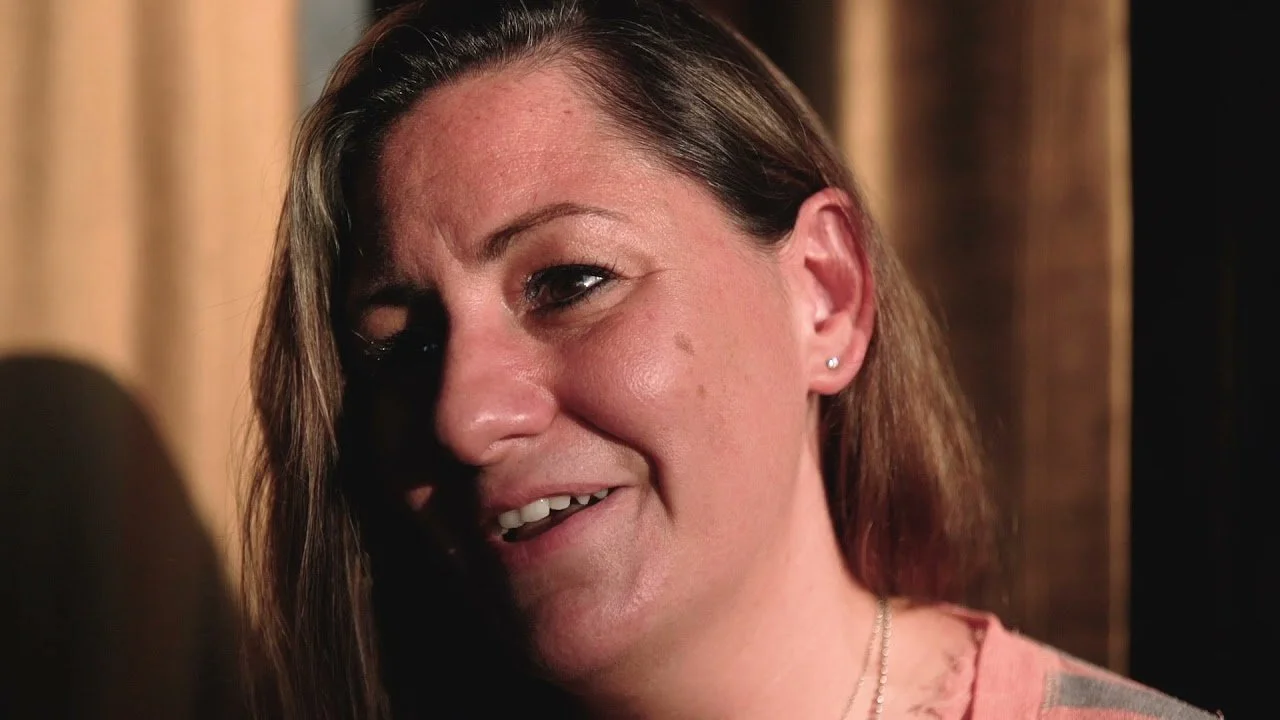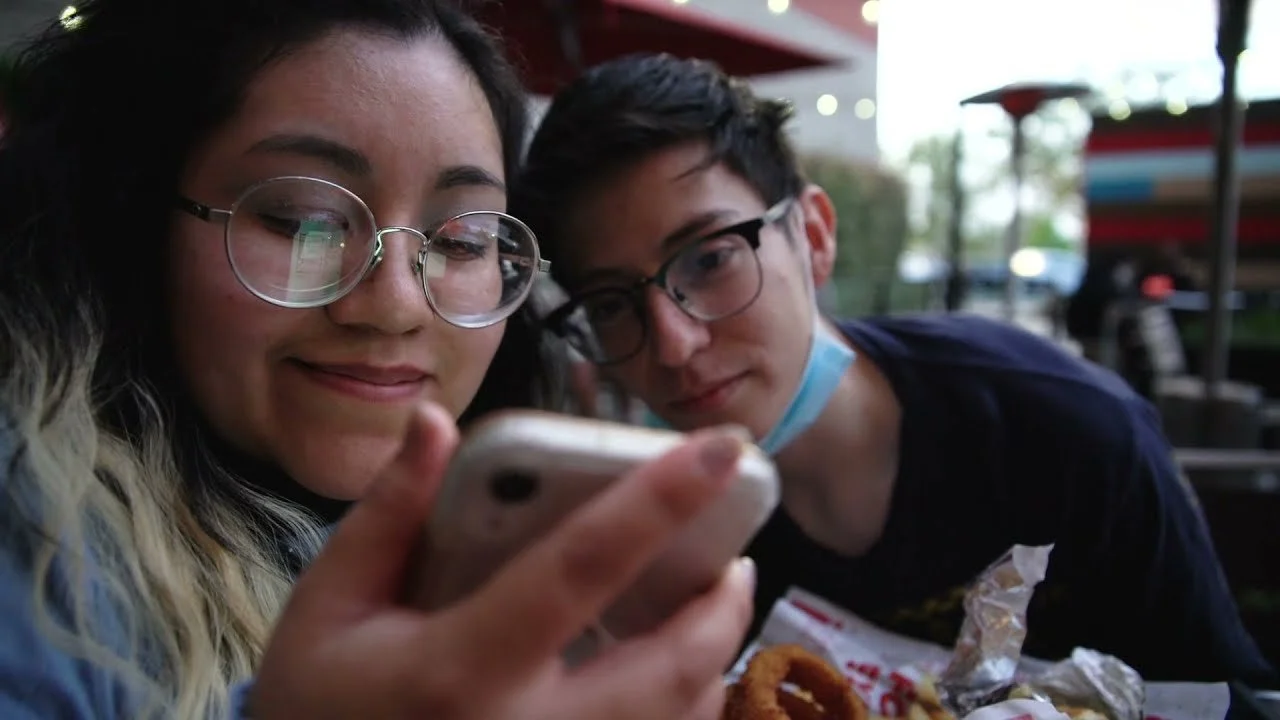Nine years after President Obama announced Deferred Action for Childhood Arrivals (DACA) as an administrative solution for undocumented immigrants brought to the country as children, a new film drawing rave reviews tells the story of one such Dreamer – and demonstrates why a legislative replacement for DACA is long overdue.
In the new film “In the Heights” (spoiler ahead), Sonny, the teenaged cousin of protagonist Usnavi, is revealed to be undocumented. The film movingly portrays the crushing weight of Sonny’s realization of what it means that he lacks legal status, having arrived in the U.S. as a small child. He’s thoroughly at home in his neighborhood of Washington Heights – “NYC is my spot,” he says – and would feel like a foreigner in his country of birth, the Dominican Republic. He has to be paid (illegally) in cash for his part-time job at his cousin’s bodega because he’s not authorized to work, a reality that will limit his work prospects throughout his life. But it’s when Sonny realizes his lack of legal status means he’ll likely be unable to follow his role model in attending college that he’s particularly devastated.
Watching that heartrending realization onscreen felt like déjà vu to me. For years before the establishment of DACA, my work with World Relief’s Immigrant Legal Services program meant frequently delivering the bad news to young people like Sonny (and their parents) that there was nothing I could do to help them obtain legal status under the limits of existing immigration law.
When DACA was established in 2012, though, it created hope: while not permanent legal status or citizenship (which would require an act of Congress), this executive decision to “defer action” on these most sympathetic of immigration cases allowed qualifying young people to obtain work authorization, at least, which hundreds of thousands have used to follow their “sueñitos.”
In the film, though, when Sonny consults with an immigration lawyer, the attorney warns that the “odds are against” him, suggesting Sonny does not qualify for DACA. Why not?
We don’t know all the precise case details of this fictional Dreamer, of course, but we can surmise that the film takes place in the recent past. Sonny mentions “they’re talking about kicking out all the Dreamers,” so presumably it’s shortly before the Supreme Court’s decision roughly one year ago that, for the moment at least, restricted the Trump administration from terminating DACA.
The first reason Sonny would have been ineligible for DACA last June relates to age: DACA applicants must have both arrived before their 16th birthday and be at least 15 years old. If we presume Sonny was born in May 2005 – like the actor who plays him – he’d have been just 12 years old when the Trump administration announced the termination of DACA in September 2017. While the courts eventually intervened, allowing those who already had DACA to continue renewing their status, they did not allow new applications to be submitted. New applications for DACA were finally allowed only last December after further court rulings.
But Sonny still has a problem. In the film, he mentions arriving while still “in Pampers.” Let’s presume that means he came at 27 months, the average age at which kids potty train, landing in New York in August 2007. That’s a problem because, to be eligible for DACA, an individual must prove they arrived on or before June 15, 2007, five years before the program was initially announced.
That backdating may have made sense in 2012, but it now excludes precisely the prototypical Dreamer whose stories have built such broad empathy for DACA recipients: individuals brought to the U.S. at an early age, before they could possibly have made the decision to violate an immigration law, who have grown up in this country and are American in every way except for on paper.
Sonny’s story is fictional, but it’s actually very common. An estimated 1.9 million individuals qualify as Dreamers under the terms of the bipartisan Dream Act as recently introduced by Senators Lindsey Graham and Dick Durbin. Just 55% of them qualify for DACA at this point.
The best solution for Sonny and the other 45% of Dreamers is not new executive action amending DACA’s eligibility requirements – that, after all, would likely face further court challenges. In fact, even those who currently have DACA could still lose it as a result of a court ruling expected any day from a Texas judge who has hinted he will end the program.
Instead, before that happens, Congress should act. The House of Representatives already has, passing a bill in March that would provide “conditional permanent resident” status and eventual citizenship to minors who arrived before the first of this year and meet various other requirements. Senator Durbin speculated recently that packaging this bill with the Bipartisan Border Solutions Act could garner the 60 votes necessary in the U.S. Senate to reach President Biden’s desk – but it remains unclear if there’s the political will to get this done.
“In the Heights” ends a few years into the future: we see what’s happened to Usnavi, but not Sonny. “I feel that it’s stronger as an open question,” says screenwriter Quiara Alegría Hudes. Sonny’s fate, like that of hundreds of thousands of real young people, will depend upon whether or not the Senate acts – and upon whether the significant majority of Americans who tell pollsters they want Dreamers to be able to become citizens raise their voices to insist they finally do so. “It’s up to us who do have the privilege of citizenship,” says Hudes, “to decide what Sonny’s future is.”
Matthew Soerens is the coauthor of Welcoming the Stranger: Justice, Compassion and Truth in the Immigration Debate and the U.S. Director of Church Mobilization and Advocacy for World Relief.































